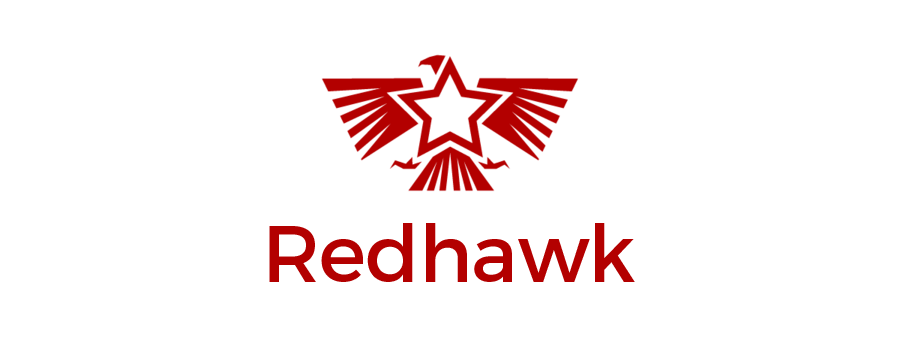Innovation, long ago, became a term as ubiquitous in entrepreneurial circles as “Co-Founder” or “Unicorn.” When companies like Snapchat create a brilliant but singular idea and ride that to billion dollar valuations in less than 18 months, innovation looks like a very attractive path to success.
We can run through a laundry list of companies whose very existence is based on an innovative concept, service or product. Uber, Fitbit, GoPro, Netflix—the list is long and distinguished.
What fascinates me is the perpetual motion required when a company’s core strategy and value proposition are based on innovation itself. To offer a definition here, a company’s value proposition is what it offers to consumers through its product or service; usually represented in a unique set of features that help it stand out from competing products.
If you attend any tech industry conferences, the speakers almost always focus on the new whiz-bang features they are working to create. With investors clamoring to fund the next big thing in tech, this makes perfect sense. Often, this isn’t just posturing for potential investors- this IS the actual strategy.
If innovation is the strategy to deliver value, a firm needs to be prepared to fully commit to the demands of that approach.
For illustrative purposes, let’s compare Amazon and MySpace. They both successfully launched due to an innovative service that allowed them to gain initial traction. Where Amazon pivoted several times from an online bookstore to product marketplace and then to content and cloud services, MySpace traded on its original concept until it was completely supplanted by Facebook.
Innovation, as a value proposition, is flawed because people assume that innovation is far more durable than it actually is. If you insist on creating value through innovation, accept the hamster wheel that creates and be prepared to dedicate your resources to that endeavor. If you are creating no other durable value for consumers, you cannot innovate some of the time.
Now Facebook is watching an exodus of its younger users to Instagram, Snapchat will soon be considered “old-school” because of Periscope and Twitter’s business model seems to be completely tethered to its original platform.
When the biggest new launch from Twitter is “Moments,” you may wonder how they plan to create new value for their customers.
All of these companies went through a period in their product/ platform cycles where they were no longer innovating. Some haven’t innovated much at all beyond their initial concept. In the case of Twitter, that period may have lasted too long to regain their growth trajectory.
How will Apple continue to create value where it has traded on innovation for the last 20 years? It recently launched the iPhone 6s which is just a repackaged iPhone 6 with a few new features. In that same launch, they has the audacity to showcase the Apple Pencil- something that addressed near-zero demand. With more than $200 billion in cash on hand, will Apple start to create new value or trade on its cult following until Samsung or LG finally produces an iPhone killer? I still haven’t seen that TV we were promised a handful of years ago so I’m not holding my breath for the Apple iCar.
My point is that value creation is what separates a meaningful company built to last from those who will serve as a brilliant flash of light before being quickly forgotten as the next supernova tech company takes its place. If a company’s value creation only happens through innovation, there is no opportunity to stop or slow down.
